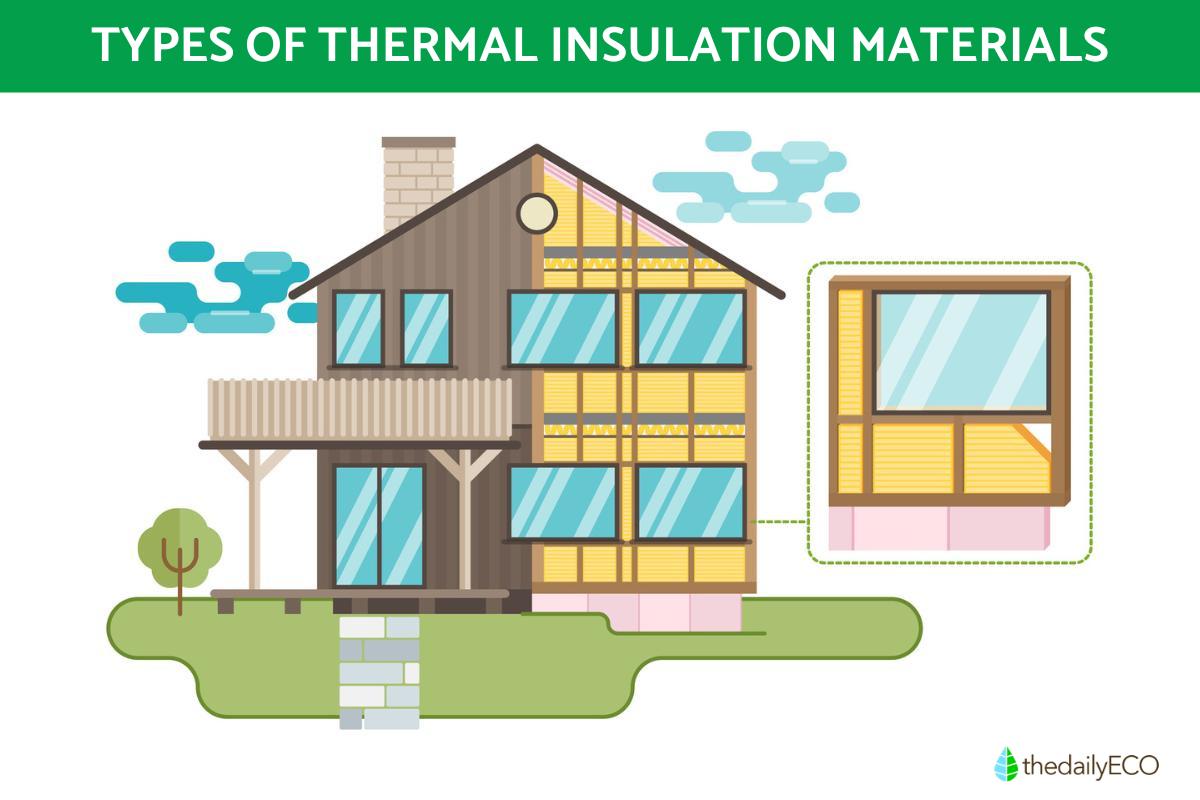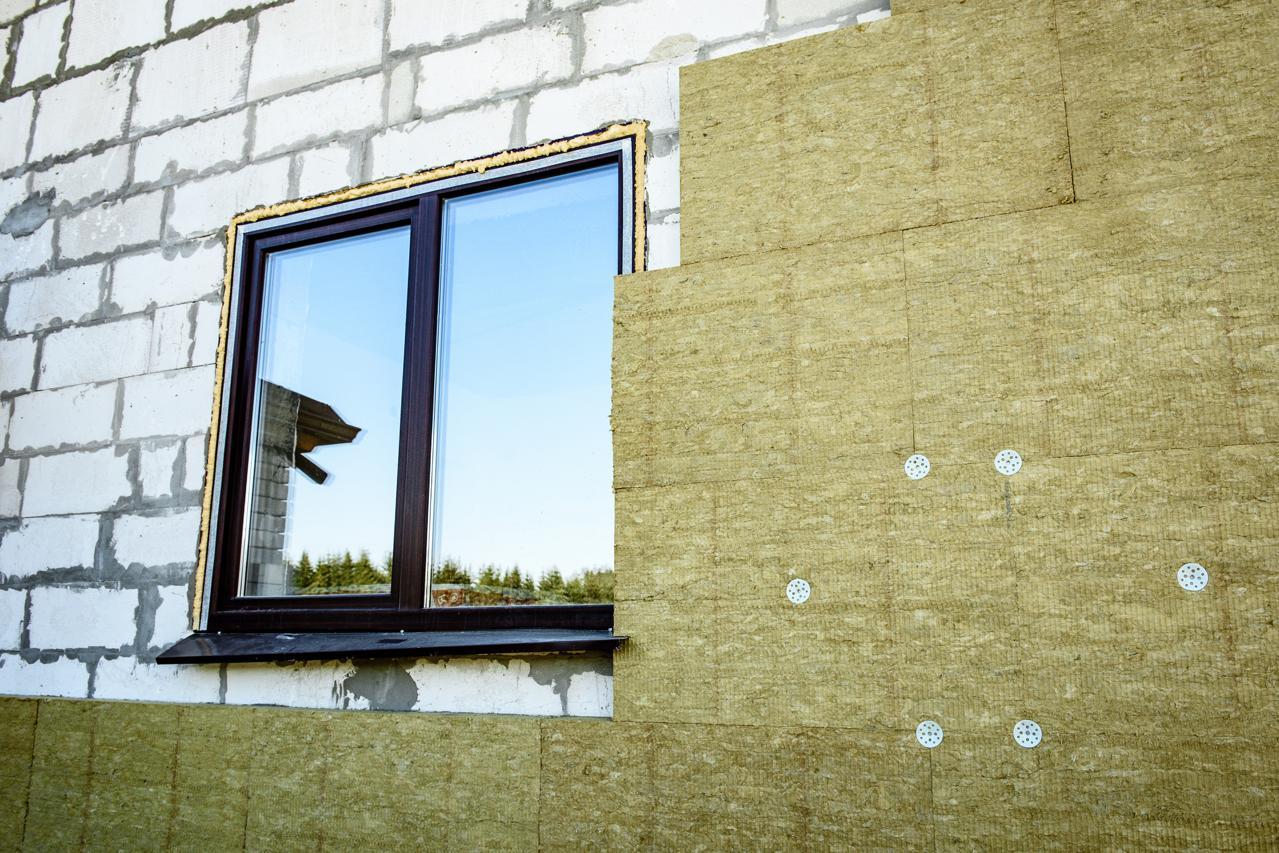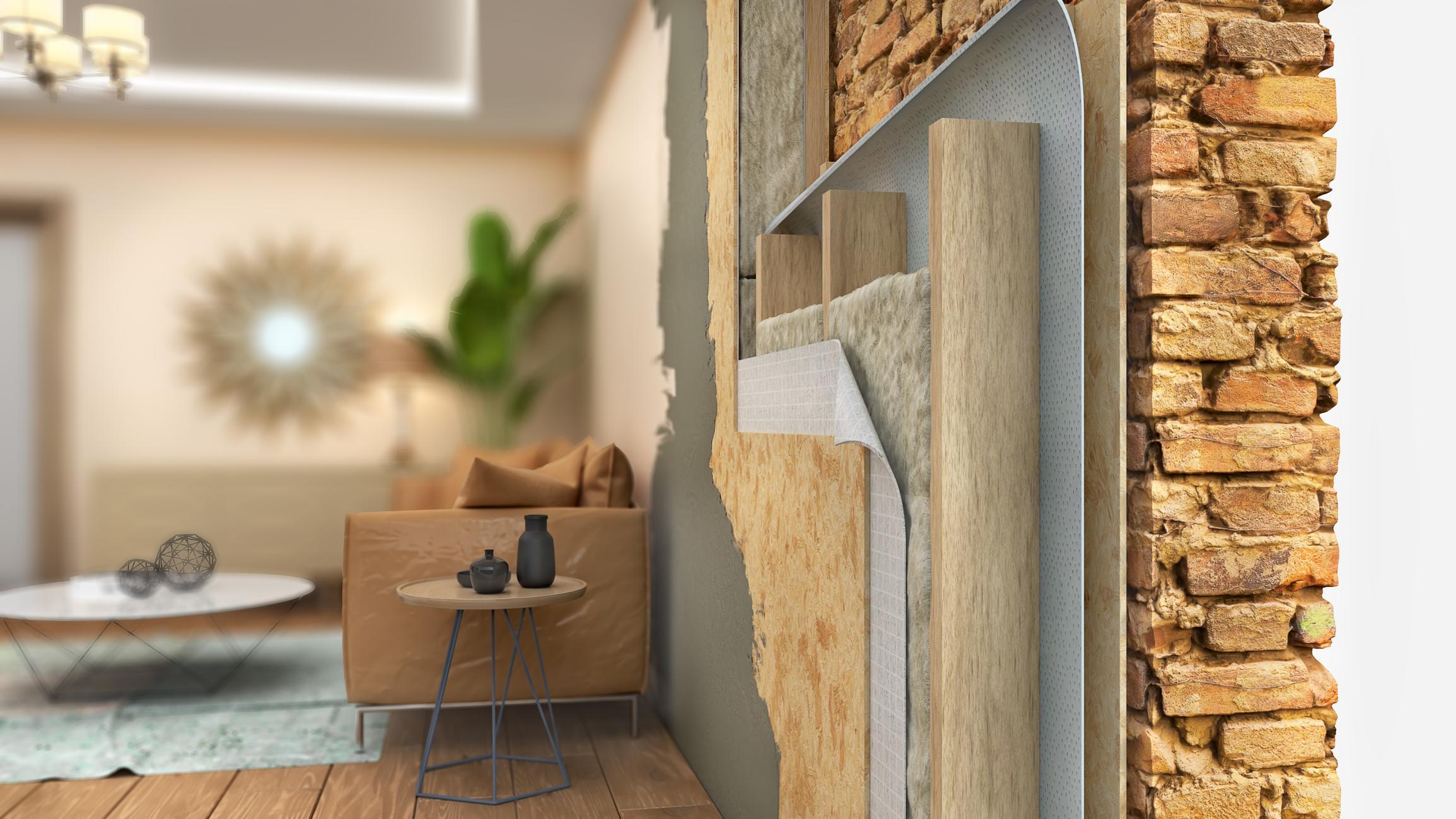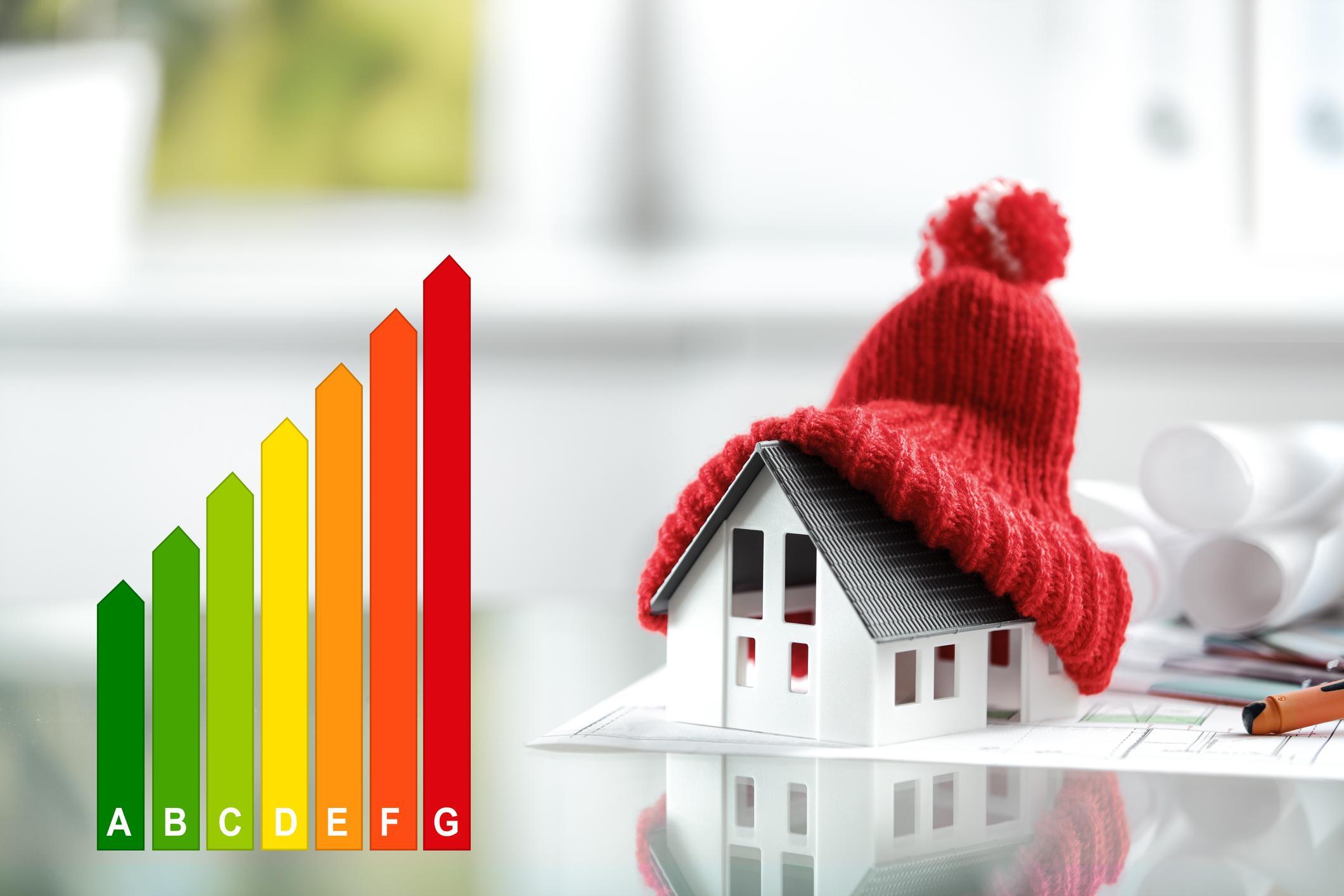Types of Thermal Insulation Materials in Buildings


Thermal insulation is a method of reducing heat transfer and energy loss in buildings. This reduction in energy loss is facilitated by different materials which have insulating properties, although this is not the only property they need to be effective in construction of various buildings. Some examples of types of thermal insulation materials in buildings include expanded mica, mineral fiber agglomerate, wood fiber agglomerate, agglomerated cork, mineral wool, glass wool, expanded polystyrene and rigid polyurethane foam, among others.
There are various reasons why different buildings use different types of thermal insulation. One of the most significant is climate. For example, buildings constructed in areas with temperate climates will have different insulation needs than those in very cold climates. thedailyECO examines bioclimatic architecture as well reveal the different types of thermal insulation in buildings.
What is thermal insulation in buildings?
Thermal insulation is the application of materials that regulate the internal temperature of buildings, independent of the external temperature. This is achieved by minimizing the transmission of heat energy from one place to another. The Second Law of Thermodynamics tells us that heat energy will move towards places of lower temperature. Thermal insulation reduces this process either by retaining it or avoiding it. It is not that cold gets in since it is heat that moves.
With this basic understanding of how thermodynamics work and the principle of the thermal insulation technique, we can understand why some thermal insulation materials are better than others. Part of the basic concept of thermal insulation for buildings is the reduction of heat entering a building in the summer and the reduction of heat loss from inside the building during the winter.
Such thermal insulation techniques can be applied to the walls, ceiling or floor of a building. You can also find thermal insulating windows. To thermally insulate there is a series of materials that we present below.

Types of thermal insulation
Different types of thermal insulation material for buildings all have the key trait of providing insulation, but their other qualities can be very different. Examples include:
- Mica: Mica is a mineral and is highly insulating. For this purpose it is sold in tubes and since it is applied by expansion, it is essential that the area to be isolated is horizontal. It is a good thermal insulator for roofs.
- Mineral fiber agglomerate: they are mainly made of vermiculite, arlite or perlite, compressed under pressure to form panels or sheets of different thicknesses. It has the advantage that the panels are not flammable.
- Wood fiberboard: often considered an ecological option because it usually uses wood fragments that are left as waste from the joinery and carpentry industry. These pieces of wood, which can be anything from sawdust to parts of different sizes, are compressed to form panels.
- Agglomerated cork: cork comes from trees, so this agglomerated is an alternative that can be recycled.
- Mineral or rock wool: a material similar to different types of cloth, but with fibers made of volcanic rock. It is obtained in panels. It has the great advantage that it is not flammable. In addition to being a good type of thermal insulation material, it is also an acoustic insulator.
- Glass wool: also known as fiberglass, several fibers are superimposed to create a bond which are bonded with resin. It is not flammable.
- Expanded polystyrene: thick sheets of a product that is commonly known as Styrofoam. They can be obtained in different thicknesses and densities. It absorbs moisture and is flammable. It is commonly used as thermal insulation for walls.
- Extruded polystyrene: it is similar to the previous one, but it does not absorb moisture, so it can be used outdoors and in places where there is snowfall. It is flammable.
- Rigid polyurethane foam: this foam is formed by combining two different components and bringing them to a temperature of 35 ºC in the place where it will be applied. The latter is done by injection or dispersion on the surface. It has the ability to adhere to a wide variety of materials. It does not absorb moisture, but it is flammable.
All these materials have certain characteristics in common. This includes the fact they are very light and they have low thermal conductivity, i.e. they are naturally very insulating. In addition to the capacity of each material, the thicker they are, the more insulating capacity there will be.
We can also classify the types of insulation according to the location. For this reason, we have the following two types of insulation material for buildings:
- Interior insulation: applied from the inside out.
- External insulation: it is placed from the outside in, such as under tiles. This must always be resistant to moisture to prevent it from decomposing in case of thawing, or rain.
Discover more about a type of building material which is known for its versatility with our article on what is a sandwich panel used for in construction?

Advantages of thermal insulation
While we understand the basic concept of thermal insulation for buildings, we may not know why this is so important. These benefits of thermal insulation materials for buildings apply to both the individual and larger communities as a whole:
- Extreme climates: thermal insulation is especially advantageous in latitudes with extreme climates, because it reduces the demand for external sources of heat or cold that consume energy, such as heaters or air conditioners.
- Ecological benefits: proper thermal insulation helps to improve the energy efficiency of a space. In doing so, it reduces the ecological footprint of the building. If you are looking to have a more sustainable home, starting with thermal insulation is a great first step. Learn more with our article on different types of environmental degradation.
- Costs: thermal insulation helps reduce household expenses, because electricity bills and fuel demand will be much lower. These savings can be considerable in commercial properties also.
Now that you know about the different types of thermal insulation materials, you may want to learn more about construction projects with how to get rid of building rubble.

If you want to read similar articles to Types of Thermal Insulation Materials in Buildings, we recommend you visit our Ecology (other) category.
- Elías, X. (2009). Recycling of industrial waste. Madrid: Editions Days of Saints.
- Tournus, J. (1980). Measurements in housing. Barcelona: Associated Technical Editors.








